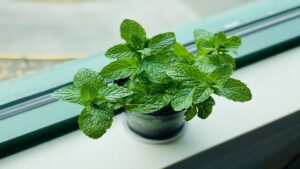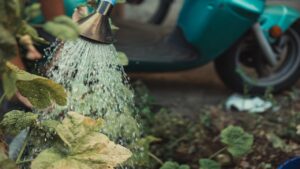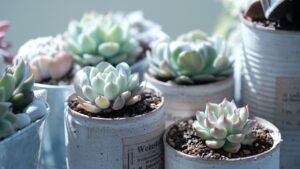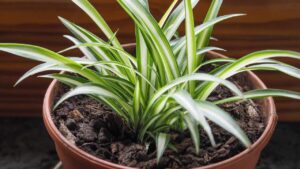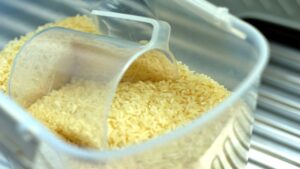Mint at Home All Year Round, Grow It This Way Too
Mint, an aromatic herb cherished for centuries in kitchens, not only imparts freshness to dishes and beverages but also boasts a multitude of health benefits. Whether enhancing flavors in culinary creations or adding a refreshing touch to drinks, the properties of this herb are truly numerous.
Mint comes in various types, with peppermint being the most popular due to its delightful aroma. There’s also viridis, widely used in cooking, and arvensis, a favorite among those who appreciate a slightly bitter taste.
How to grow mint in pots
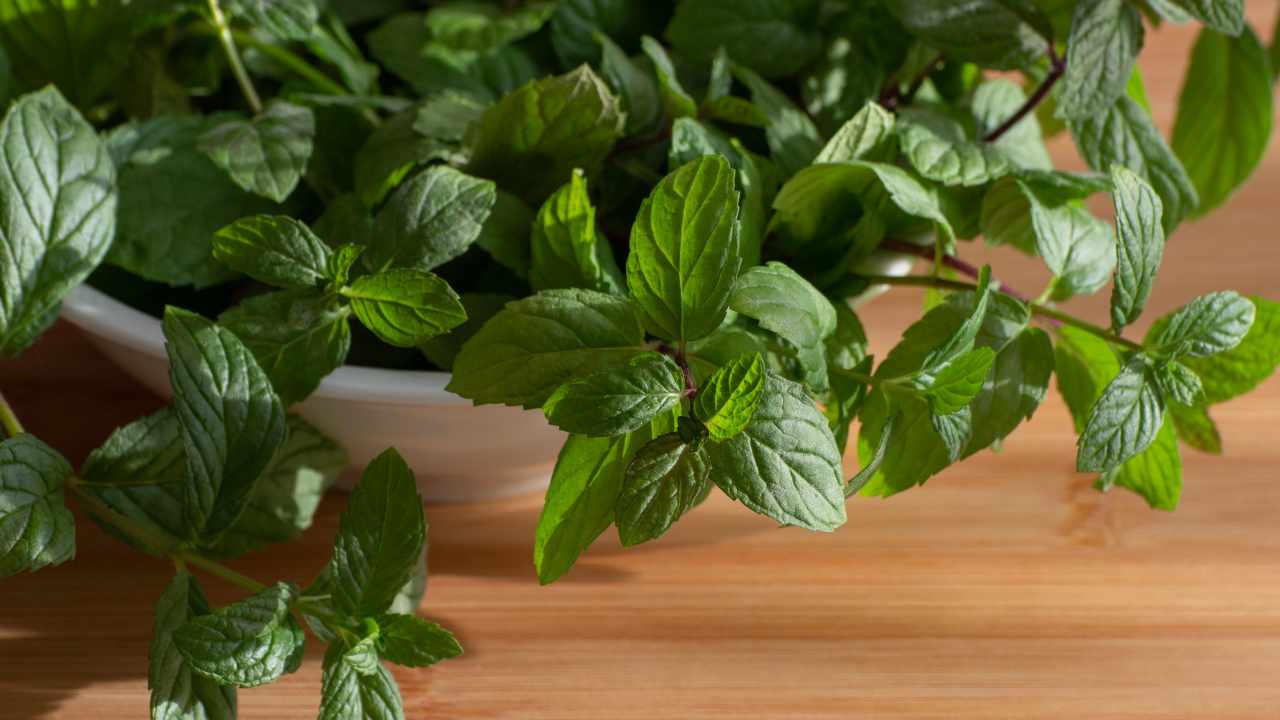
You can grow it in a pot to benefit from its qualities and prepare healthy and tasty dishes, thanks to a few simple steps. Let’s see them.
To start cultivation, you can acquire a seedling from a nursery or use an existing one to propagate. Mint, being an aromatic herb, readily multiplies through cuttings or by dividing tufts.
To propagate mint through cuttings, select a branch approximately 10-15 cm long from a mature plant, ensuring it has at least 2-3 nodes on the stem. Trim away the lower leaves from the cutting. Fill a pot with moist, well-drained soil. Create a small hole in the soil with your finger, insert the cutting, and cover it lightly. Water generously and position the pot in a well-lit area. Keep the soil moist but not too wet to encourage healthy root growth.
When dividing by clumps, dig around the mother plant to reveal its roots. Use a sharp knife to separate the clump into smaller sections, each with healthy roots and stems. Transplant these sections into pots, ensuring they maintain the same depth as the original roots. Water the newly potted sections and position the pots in a bright place.

To grow and thrive, mint requires a good amount of light, so place it next to a window to ensure healthy development. Rotate the plant periodically as mint tends to lean towards the side, receiving more light.
As for temperature, this aromatic herb is sensitive to cold and drafts, so avoid exposing it to sudden changes in temperature. Provide well-draining, clayey soil with a slightly acidic pH and use a fertilizer with a low nitrogen content to ensure optimal growth.
